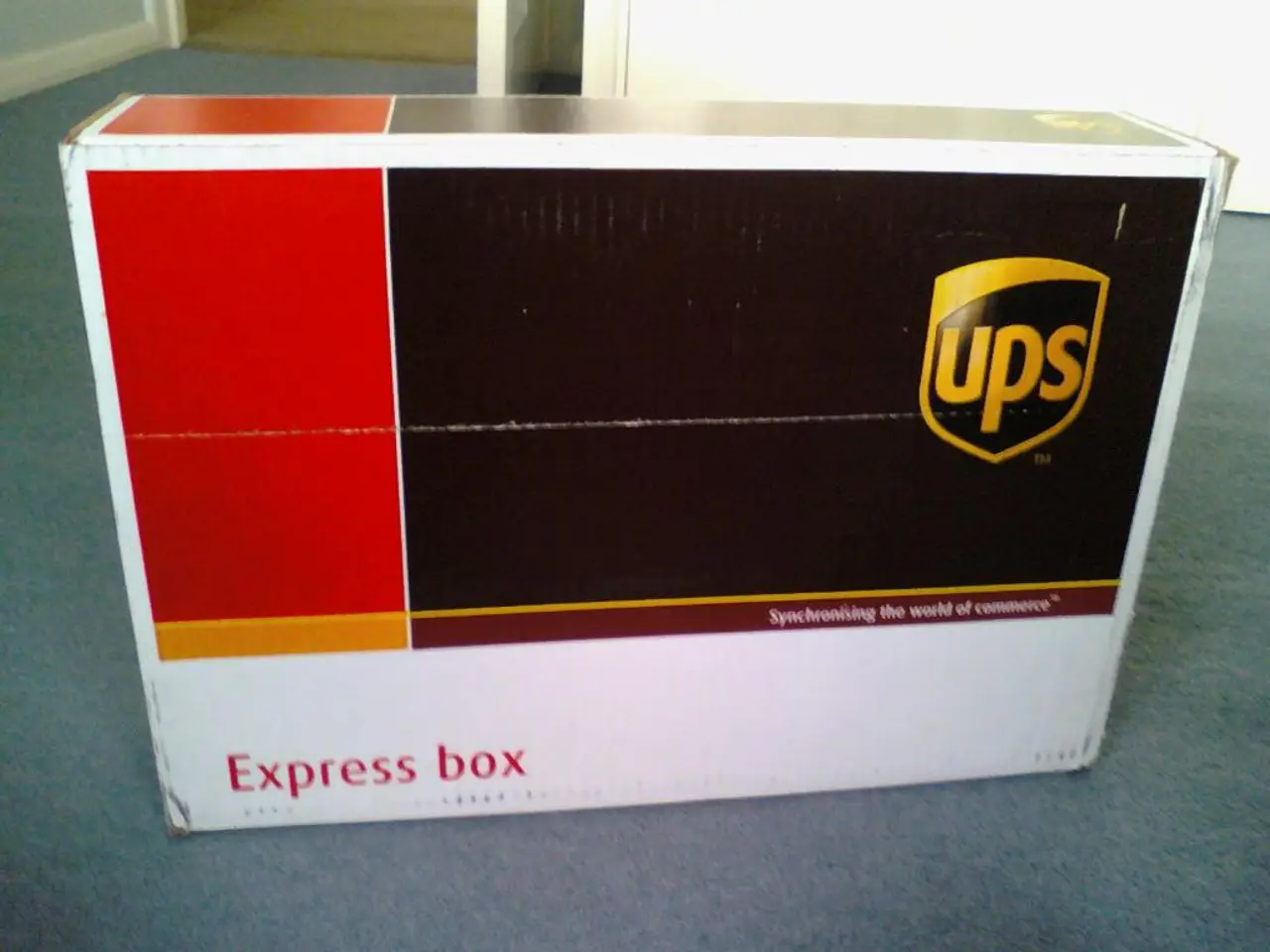Latest Advancements and Trends in Home Security Technology for 2025
In the coming years, home security systems are set to undergo a significant transformation, with a focus on affordability, child-friendliness, and integration with smart home technologies.
The advancement of technology in home security systems has been remarkable over the past years, and this trend is expected to continue. However, with the increasing reliance on technology, potential new security risks have emerged, particularly cybersecurity risks. Tech companies are addressing these concerns by leveraging video cameras and other security devices to introduce smarter, more secure home security solutions.
One of the latest trends in 2025 home security systems is the adoption of the Matter standard for smart home interoperability. More security systems are supporting the Matter and Thread protocols, which allow seamless, secure integration across devices from different brands. This improves system flexibility and ease of control via unified smart home apps or hubs, benefiting families looking for accessible, smart-connected setups.
Another trend is the expanded use of facial recognition for personalized and child-friendly security. Systems from SimpliSafe, Google Nest, and ADT now feature facial recognition to create profiles, enabling customized alerts or unlocking for known family members. This supports safer, more tailored home access and monitoring, helping parents better manage who enters and leaves the home without compromising privacy.
Affordable and flexible monitoring plans with DIY installation are also becoming more prevalent. Brands like SimpliSafe offer budget-friendly, contract-free plans starting at $0 for self-monitoring, up to about $30/month for full interactive monitoring with app control. Their systems include features like pet-immune motion sensors to avoid false alarms from children’s pets, and package theft deterrent technology that flashes lights and sounds chimes to prevent porch piracy—key for families managing child safety and budgets.
Integration with voice assistants and broader smart home platforms is another significant trend. Systems increasingly integrate with Alexa, Google Home, and Apple HomeKit, enabling voice control and ecosystem automation (e.g., linking alarms with smart lighting). ADT’s enhanced platform supports more Google Nest devices than before, creating a cohesive experience that families find intuitive and helpful for daily safety routines.
The focus on reliability and ease-of-use for families is another key trend. Tested systems emphasize durable sensors with long battery lives, simple app interfaces, and supportive customer service, addressing family needs for peace of mind and minimal hassle. For example, sensors work reliably even in cold environments or less-used areas like tool sheds, while mobile apps allow parents to monitor remotely and set personalized access codes for trusted caregivers.
In summary, the 2025 trends center on interoperable smart home standards (Matter), child-sensitive features like facial recognition and pet immunity, affordable flexible plans, and strong smart home ecosystem integrations—all contributing to accessible, secure, and family-friendly home protection.
The demand for budget-friendly home security devices has increased, and it is expected that there will be a significant increase in home security deployment in the coming year. AI technology is advancing, leading to changes in security confirmation and authentication methods, such as face recognition, fingerprints, and voice recognition. Moreover, 90% of burglars say they avoid homes with visible signs of home security, and new home security devices can send signals to central monitoring systems.
Sources for this article include recent hands-on reviews and industry reports, ensuring the information presented is authoritative and current for mid-2025.
The advancement in AI technology is prompting changes in security confirmation methods, such as face recognition, fingerprints, and voice recognition, for increased home security.
An increasing number of home security systems are adopting the Matter standard, ensuring seamless, secure integration with various smart home devices.




